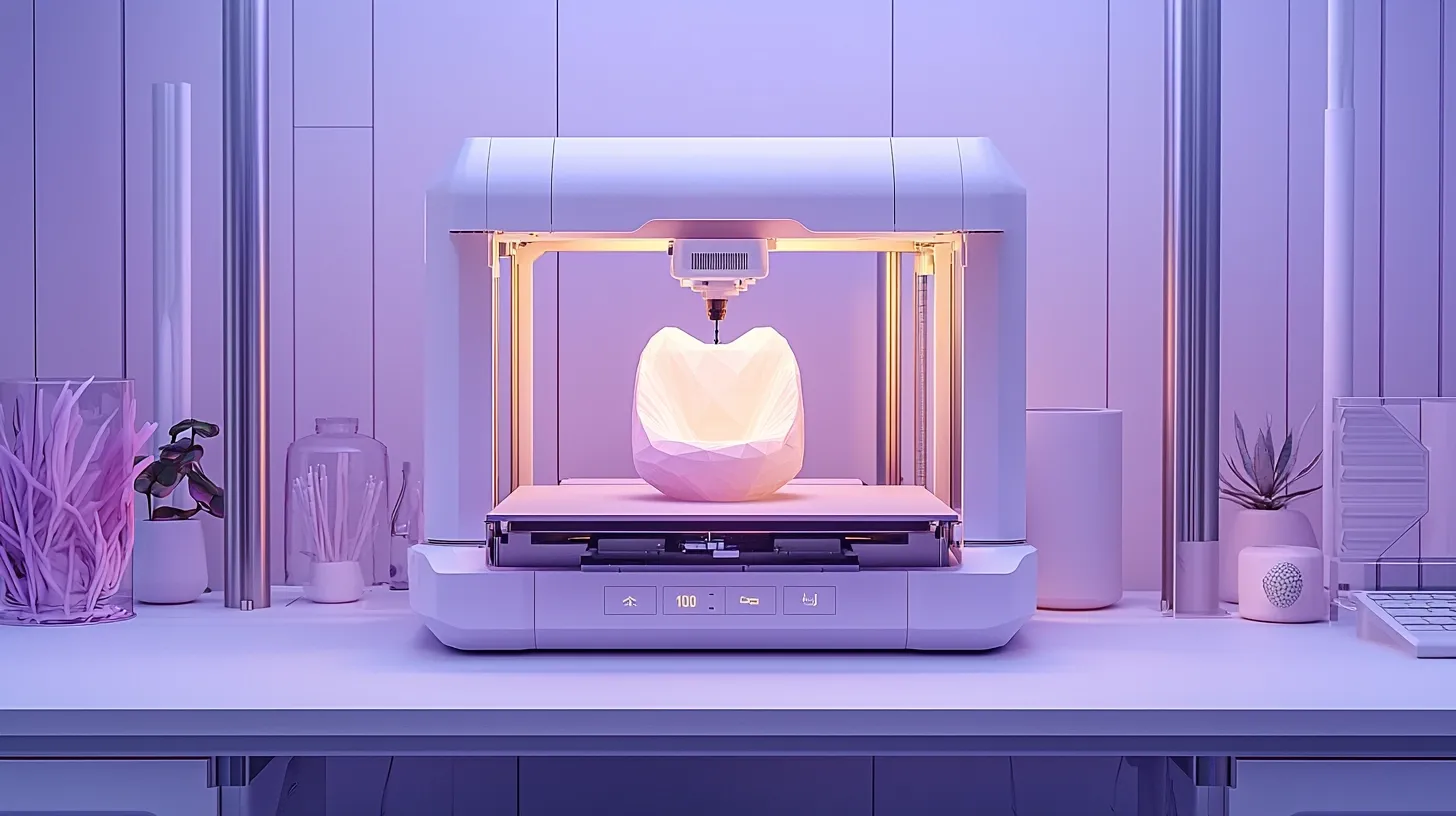The Dawning of Biohacking 2.0: Augmenting Our Biology

The frontiers of scientific progress are surging forward, propelling us into a future where humanity takes charge of its own evolution. The Human Genome Project and the groundbreaking emergence of AlphaFold2 have set the stage for Biohacking 2.0—a phenomenon that melds cutting-edge technology with the intricacies of biology.
This new phase is not just about decoding the secrets of life; it is about reimagining and enhancing them. The world of Biohacking 2.0, has the potential to reshape our biological landscape and is no longer a distant dream, but it could be an imminent reality.
The Human Genome Project: A Milestone in Understanding Human Biology
The Human Genome Project, a monumental scientific endeavour launched in the late 20th century, represented a watershed moment in our quest to decipher the fundamental blueprint of human life. Initiated with the goal of mapping and sequencing the entire human genome, this audacious project aimed to unlock the secrets encrypted within our DNA strands.
Spanning over a decade, the Human Genome Project was a global collaboration involving scientists from diverse disciplines, pooling their expertise and resources to achieve an unparalleled feat in genetic research. The project's scope extended beyond mere sequencing; it sought to unravel the complexities of our genetic makeup, providing insights into the origins, evolution, and functioning of the human species.
Impact on Modern Biology and Medical Research
Fast forward to the present day, and the echoes of the Human Genome Project resonate profoundly in the scientific landscape. The years since 2003 have witnessed an acceleration of genetic discovery and innovation, propelled by the foundational knowledge laid down by this pioneering initiative.
In the context of modern biology, the project's legacy is unmistakable. It has ignited a surge of research dedicated to uncovering the genetic underpinnings of diseases, enabling scientists to identify previously elusive genetic markers linked to various health conditions. Armed with this knowledge, medical practitioners can now tailor treatments with unprecedented precision, ushering in an era of personalised medicine that holds the potential to revolutionise patient care.
In addition, the insights gleaned from the Human Genome Project have illuminated our biology and cast a wider net over the Tree of Life. In comparing and contrasting the human genome with those of other species, scientists have gained invaluable insights into the evolutionary relationships between organisms, tracing our common ancestry and deciphering the genetic threads that weave the tapestry of life on Earth.
The ripple effects of the Human Genome Project have reverberated throughout the realms of modern biology and medical research, catalysing transformative breakthroughs that were once the stuff of dreams. This seismic shift has ushered in an era of precision medicine, molecular insights, and a deeper understanding of human health and disease, including:
- The Human Genome Project's ongoing journey has ushered in the era of precision medicine, where personalised medical treatments based on individual genetic information are transforming patient care. This approach enables predicting disease risks, optimising drug therapies, and ultimately leading to more effective treatments and reduced side effects.
- Leveraging extensive databases and advanced analysis tools, the Human Genome Project has facilitated the identification of genetic mutations underlying diverse diseases, including rare genetic disorders and prevalent conditions like diabetes and heart disease. This breakthrough is enhancing our understanding of disease processes and facilitating the creation of precise, targeted treatments.
- The Human Genome Project's collaboration with modern drug discovery showcases a synergistic relationship. Genomic insights are driving the discovery of new drug targets, streamlining drug development, and improving the outcomes of clinical trials. Understanding the genetic roots of diseases allows researchers to design drugs targeting specific molecular pathways, resulting in safer and more effective treatments.
- The continuous advancement of the Human Genome Project has had a significant influence on oncology. For example, genomic analysis of tumours, a novel dimension in cancer research, has emerged to uncover driver mutations and facilitate tailored cancer treatments. This shift from generalised therapies to individualised interventions, aiming at the distinct genetic irregularities fueling each patient's cancer, marks a transformative paradigm in oncology.
- Beyond medical applications, the Human Genome Project's advancements have also extended to anthropology and human evolution. Scientists are deciphering the complex web of human migration, adaptation, and genetic diversity and providing new insight into our shared evolutionary history by comparing genomes from various populations and species.
The convergence of cutting-edge technologies, data analytics, and collaborative initiatives is giving rise to a new era in which genetic information is pivotal in driving scientific exploration and advancement. In this dynamic landscape of Biohacking 2.0, the Human Genome Project stands as a testament to the force of human curiosity and the unwavering determination to decode the intricate secrets embedded within our DNA. In recent years, this human curiosity has resulted in Do It Yourself (DIY) biohacking.
Examples of Notable DIY Biohacking Projects and Achievements

In the constantly evolving field of Biohacking 2.0, innovation knows no bounds, and notable instances of do-it-yourself (DIY) biohacking projects have captivated enthusiasts and experts. These projects epitomise a movement celebrating the convergence of biology, technology, and human curiosity, blurring distinctions between amateur exploration and cutting-edge research.
CRISPR-Cas9 and DIY Biohacking
To fully grasp the landscape of DIY biohacking, it is essential to recognise the profound impact of CRISPR-Cas9. This groundbreaking genetic editing tool has sparked significant scientific and biohacking innovations.
CRISPR-Cas9, often likened to molecular scissors, enables precision editing of DNA sequences with unmatched precision and efficacy. Operating through a guide RNA corresponding to a specific DNA sequence, the Cas9 enzyme functions as molecular scissors, cleaving the DNA. This fracture can then be repaired using the cell's innate repair mechanisms, facilitating gene knockout, insertion, or even single-nucleotide alterations.
CRISPR-Cas9 has unveiled an array of possibilities for DIY biohackers. Enthusiasts employ this technology to engineer bacteria that generate pigments, cultivate yeast strains for home brewing, and even experiment with augmenting plant capabilities. These initiatives, led by amateur biologists, demonstrate how CRISPR-Cas9 has democratised and made genetic modification more accessible.
The Open Insulin Initiative
Pioneering the forefront of the DIY biohacking realm, the Open Insulin Initiative shines as a collaborative effort motivated by the need for reasonably priced insulin to develop an open-source insulin production model. Harnessing synthetic biology tools and communal collaboration, this project seeks to democratise insulin creation, reducing reliance on commercial pharmaceutical entities.
The Glowing Plant Project
Merging artistry and science, the Glowing Plant Project traverses the domain of synthetic biology to engineer plants that emit a natural, gentle radiance. The project highlights the potential of genetic modification to bring about aesthetic and practical changes in the plant kingdom by introducing bioluminescent genes from fireflies and related luminescent organisms.
While the potential of CRISPR-Cas9 is undisputed, its employment in DIY biohacking raises ethical quandaries. Ensuring responsible usage and averting unintended consequences stand as pivotal concerns. As the lines blur between amateur exploration and professional research, proactive dialogue and guidelines are imperative to ensure the responsible and ethical conduct of DIY genetic manipulation.
This evolution underscores the potential of integrating biology and technology, offering the capacity to reshape our world in ways never seen before. Simultaneously, it sparks substantial dialogues about ethics, responsibility, and the scope of our creative potential.
AlphaFold: Transforming Biohacking with Advanced Protein Structure Prediction
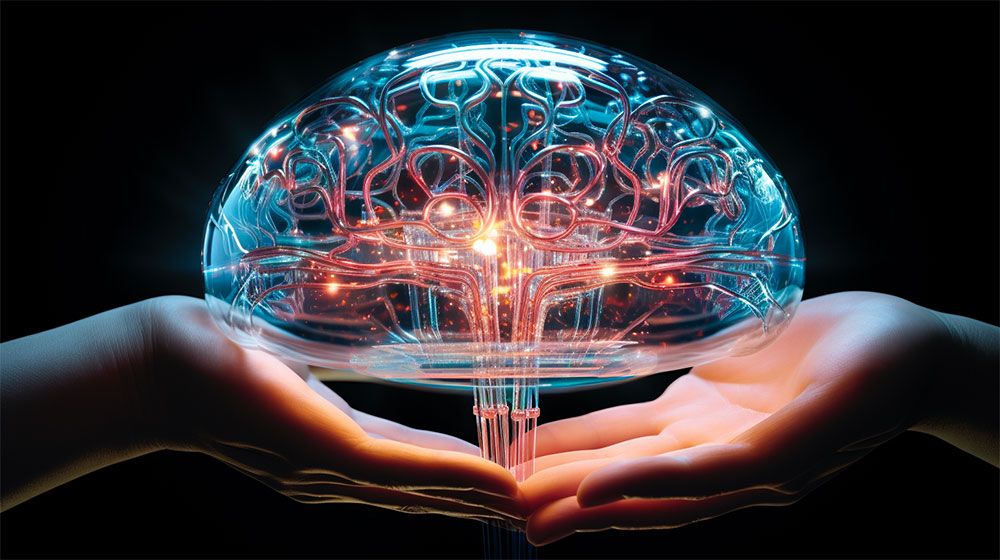
AlphaFold is a testament to the symbiosis of artificial intelligence (AI) and biohacking, intertwining cutting-edge technology with the intricate dance of biological molecules. AlphaFold is an AI system created by DeepMind and designed for predicting the three-dimensional (3D) structures of proteins with astounding accuracy. The 3D structure of a protein is crucial for understanding its function and interactions within biological systems.
This groundbreaking technology has conquered one of biology's most enduring challenges by accurately predicting protein structures. Proteins, the building blocks of life, are folded into intricate three-dimensional shapes that determine their function. Deciphering these structures is a monumental task that has confounded scientists for decades. The system was awarded the Breakthrough of the Year by the journal "Science" in 2021 and has been made available to the global scientific community to facilitate research.
AlphaFold utilises a neural network architecture to analyse vast amounts of genetic and biochemical data, ultimately predicting how amino acid chains fold into complex protein structures. The AI system's ability to accurately predict these structures has far-reaching implications for fields like drug discovery, understanding disease mechanisms, and designing enzymes for industrial applications.
AlphaFold's integration into the biohacking narrative is profound. It empowers biohackers to comprehend the molecular intricacies of life in unprecedented detail, enabling them to engineer proteins with specific functions and properties, such as designing novel enzymes and creating bio-inspired materials, with the potential to catalyse innovation at the molecular level.
While the possibilities are exciting, the rise of AI-powered biohacking raises ethical issues similar to those confronting the DIY biohacking community. Ensuring responsible use, minimising unintended consequences, and safeguarding against misuse are essential focal points. The marriage of AI and biohacking carries the responsibility of advancing science and technology while safeguarding humanity's and the environment's well-being.
The Current Limits and Ethical Dilemmas in Biohacking
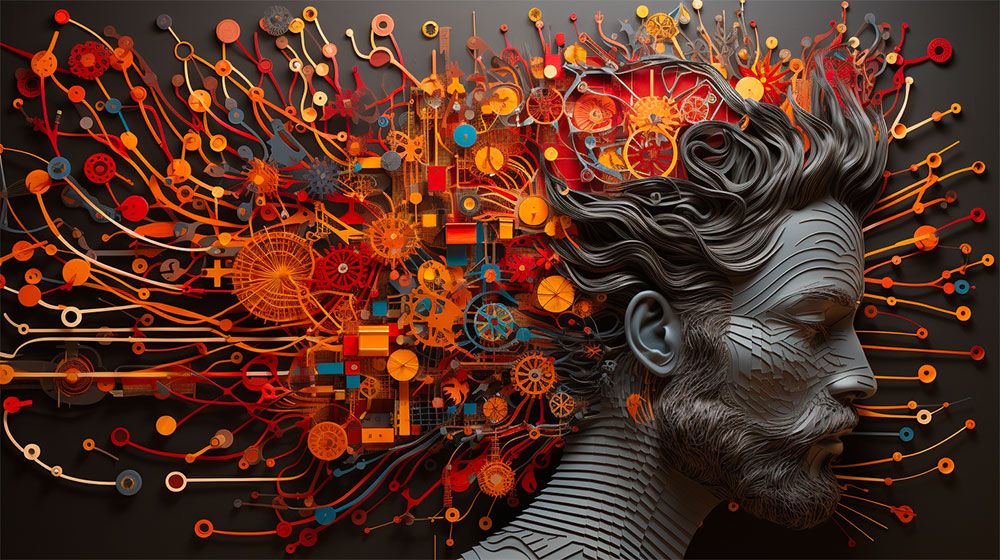
As we push the boundaries of scientific exploration, we are inevitably confronted with the current limits and ethical intricacies inherent to this burgeoning frontier. The quest for innovation, self-improvement, and understanding the intricate tapestry of life brings us face-to-face with a series of constraints and profound ethical dilemmas.
Constraints of Existing Biohacking Techniques
While a pioneering spirit fuels the Biohacking movement, it operates within the confines of our current understanding and technological capabilities. Though promising, the manipulation of biological systems encounters limits dictated by the complexity of life's processes. Attempts at augmenting human capabilities or engineering intricate biological systems are often met with the intricacies of biological functions, posing challenges to the feasibility and predictability of desired outcomes.
An example of this can be the aspiration to drastically extend the human lifespan through biohacking, which encounters the complex interplay of genetics, environmental factors, and evolving cellular processes, making the task an intricate puzzle.
Ethical Considerations of Human Enhancement and Designer Biology
As we tread further into biohacking, ethical considerations loom, particularly in human enhancement and designer biology. The line between using technology to better human existence and delving into realms of hubris and unintended consequences becomes increasingly blurred.
For example, improving human cognitive abilities through biohacking raises questions about fairness, access, and the potential for creating an uneven playing field in education and opportunities.
Balancing Innovation with Responsible and Safe Experimentation
To innovate and advance, biohacking must ensure that experimentation is done to protect people, communities, and ecosystems. The very nature of pushing boundaries carries the potential for unintended outcomes, necessitating a delicate balance between exploration and caution. For instance, modifying organisms for beneficial purposes, like bio-remediating polluted environments, demands meticulous evaluation of potential ecological impacts to prevent unintended harm.
Biohacking's journey into uncharted territories is a testament to human ingenuity and determination, yet we must navigate this path conscientiously. Acknowledging the constraints of our current knowledge, recognising ethical dilemmas, and embracing a commitment to responsible experimentation are imperative. The narrative of Biohacking 2.0 demands a thoughtful and considered approach that not only celebrates innovation but also upholds our shared values of ethics, safety, and the betterment of humanity.
The Future Landscape of Biohacking
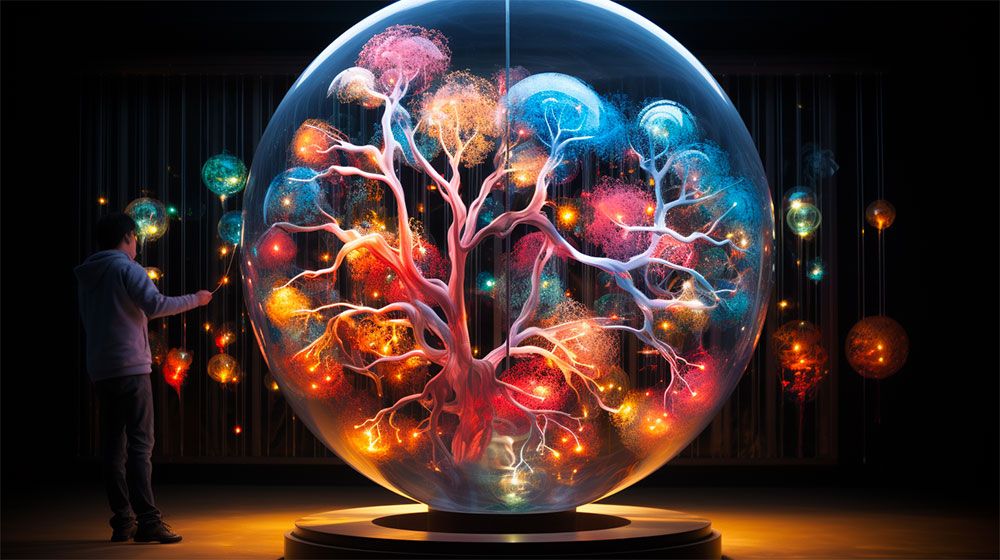
The horizon of biohacking beckons with promises of a reimagined human experience. The convergence of cutting-edge technology and biological exploration is steering us into uncharted territory, where the boundaries between nature and augmentation blur.
The Business Evolution in the Age of Biohacking
In the transformative landscape of Biohacking 2.0, the ripples of innovation extend far beyond laboratories and scientific discourse, reaching into the very fabric of the business world. The fusion of biology and technology can revolutionise industries, reshape business models, and redefine competitive dynamics.
Industry Disruption and Innovation
Biohacking's impact on business begins with the disruption of traditional industries. As new advancements allow for enhanced human capabilities and personalised treatments, industries spanning healthcare, pharmaceuticals, and wellness are poised for dramatic shifts. Customised treatments based on individual genetic profiles could reshape the pharmaceutical landscape, shifting the focus from mass-produced drugs to precise, tailored therapies. Integrating bioinformatics and AI could streamline drug discovery processes, accelerating the development of novel treatments.
Also, the intersection of biohacking with agriculture and food production could usher in a new era of sustainable and nutrient-rich crops, catering to a health-conscious consumer base. The synthesis of biology and technology could also spawn innovative materials and bio-based manufacturing processes, transforming industries ranging from textiles to construction.
Business Model Adaptation
Biohacking's influence extends to the core of business models. Companies may pivot towards offering bio-augmentation services, personalised health monitoring, and biofeedback solutions. Subscription-based models could emerge, offering customers ongoing access to genetic insights, personalised wellness plans, and real-time health optimisation.
In the field of consumer products, the fusion of biology and technology could lead to the creation of smart wearables that monitor and regulate vital signs, offering new opportunities for data-driven marketing and personalised product offerings. As businesses harness biometric data to tailor experiences, advertising strategies may become more precise and effective.
Ethical Considerations and Regulation
The business landscape shaped by biohacking is not without challenges. Ethical considerations surrounding genetic privacy, data security, and potential inequalities must be carefully navigated. Regulatory frameworks must evolve to address the unique complexities introduced by biotechnological advancements.
The emergence of Biohacking 2.0 promises to be a catalyst for profound business transformation. In other words, industries will need to adapt, innovate, and embrace the evolving intersection of biology and technology to seize the opportunities presented by this new frontier. The businesses that navigate the ethical, regulatory, and technological challenges with agility and foresight stand to lead the charge into a bio-augmented future.
Opportunities and Challenges for Organisations
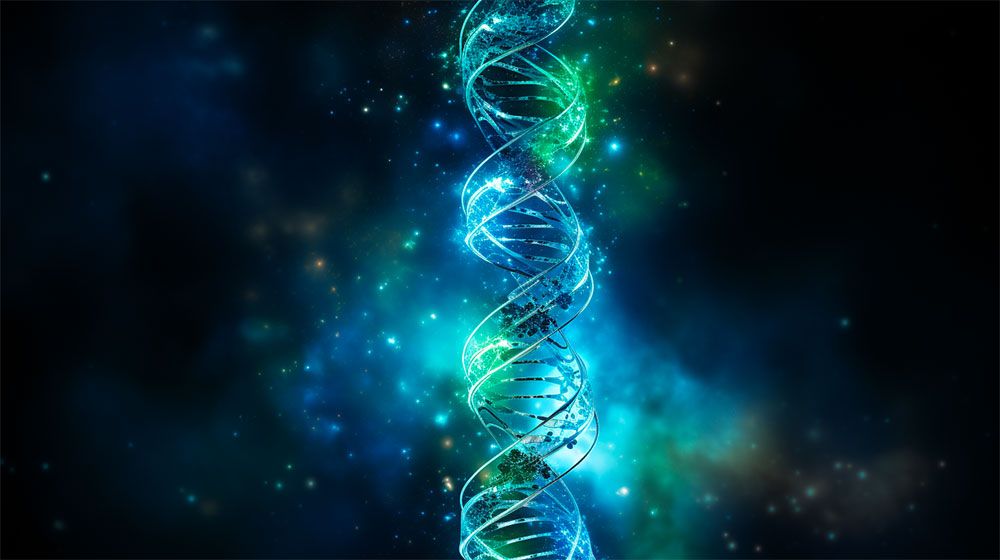
As we peer into the future, it is clear that biohacking will reshape industries and prompt ethical and regulatory considerations, creating both remarkable opportunities and complex challenges for organisations, including the following three scenarios:
Boosting Brains and Brawn
The biotech frontier offers avenues to enhance innate human capacities. Pharmaceuticals like modafinil may sharpen focus and memory for today's knowledge workers, boosting their cognitive output. Exoskeletons and assistive robots could reduce fatigue and strain for manual labourers, creating strength and stamina comparable to comic book heroes. Even genetic tweaks via gene editing could give select workers advantages like increased muscle mass or oxygen efficiency. While raising ethical questions, biologically boosting brains and brawn creates a workforce with expanded capabilities.
Healthier Employees from the Inside Out
Harnessing the power of the microbiome and other new health metrics can optimise employee wellness from the inside out. Probiotic supplements tailored to an individual's gut microbiome makeup may strengthen their immune system and reduce sick days. Biometric wearables can track biomarkers for early signals of chronic disease or burnout, allowing truly personalised management of workloads. Even periodic fasting, guided by health tech, can improve metabolism and inflammation at a cellular level. With biohacking, each worker becomes their own mini-science experiment for sustaining peak health and performance.
Selling the Bio-Enhanced Life
Consumer marketing will also be transformed by biotechnology. Embedded biosensors in products could provide companies with data on precisely how their goods biologically interact with users. Hyper-personalised nutrition plans can be based on biomarker tests gathered from at-home kits. Even cognitive enhancement technology may be bundled with educational products, marketing the ability to learn new skills at record speeds. As consumers seek to biohack their minds and bodies, companies will sell not just products but a vision of an enhanced human experience.
The Biohacking Odyssey: Forging Ahead into the Unknown
The vista of the future biohacking landscape invites us to embrace an odyssey that transcends the limitations of disciplinary silos and champions the unison of knowledge and innovation. At the precipice of this new era, the amalgamation of biology, machine learning, and robotics is poised to unearth solutions to humanity's most intricate challenges, from conquering prevalent diseases to confronting the looming climate crisis.
As the chapters of Biohacking 2.0 continue to unfold, we are not passive observers but active participants in a captivating expedition that fundamentally reshapes our perceptions and interactions with the world. In navigating the intricate tapestry woven from integration, exploration, and ethics, we propel ourselves toward a future where the boundary between the conceivable and the extraordinary blurs, a future that materialises through the harmonious symphony of human ingenuity, technological prowess, and an unquenchable thirst for knowledge.
Final Thoughts
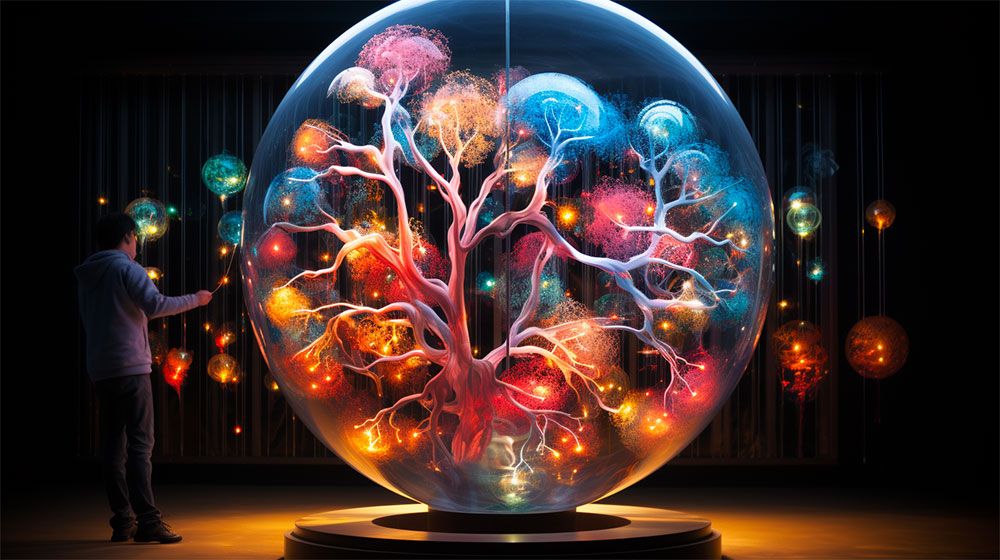
Biohacking 2.0 embodies the synergy of human ingenuity and technological marvels, propelling us into a future of limitless possibilities. This evolution converges biology, innovation, and ethical exploration, driven by our resolute dedication to deciphering the enigmas of life and advancing humanity. As we traverse this landscape, Biohacking 2.0 encapsulates our curiosity, resilience, and audacious pursuit of boundary-breaking innovation.
Amidst our journey, responsible progress and ethical considerations stand as unwavering guides. Balancing biology's potential with technology ensures we preserve our human essence and protect our shared world. This biohacking odyssey thrives on relentless research, thoughtful innovation, and an unyielding belief in human creativity's power to shape an extraordinary future. As we navigate uncharted territories of integration, exploration, and ethics, let our collective determination illuminate the path to a Biohacking 2.0 that embraces unparalleled vistas while upholding the enduring virtues of our shared humanity.
Images: Midjourney





